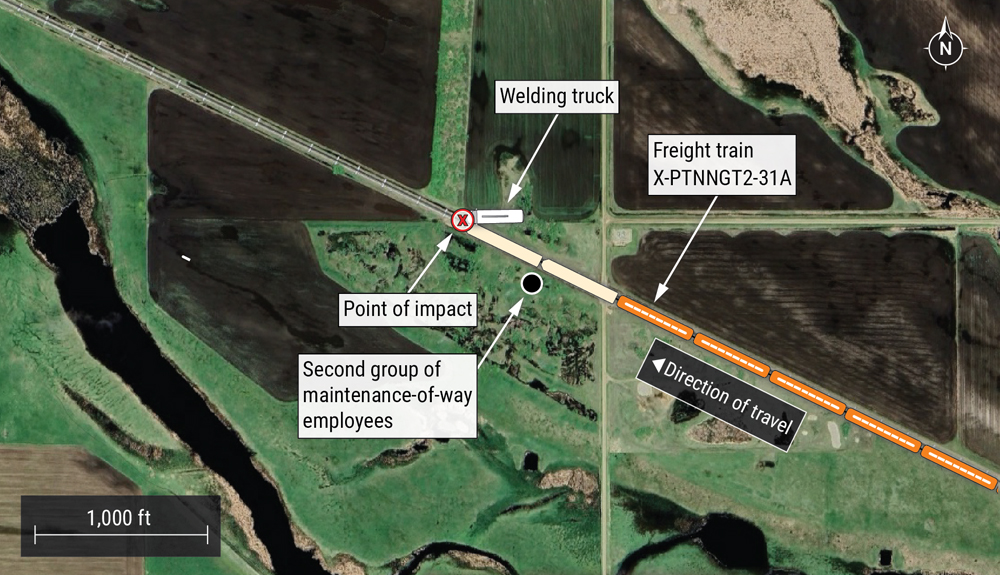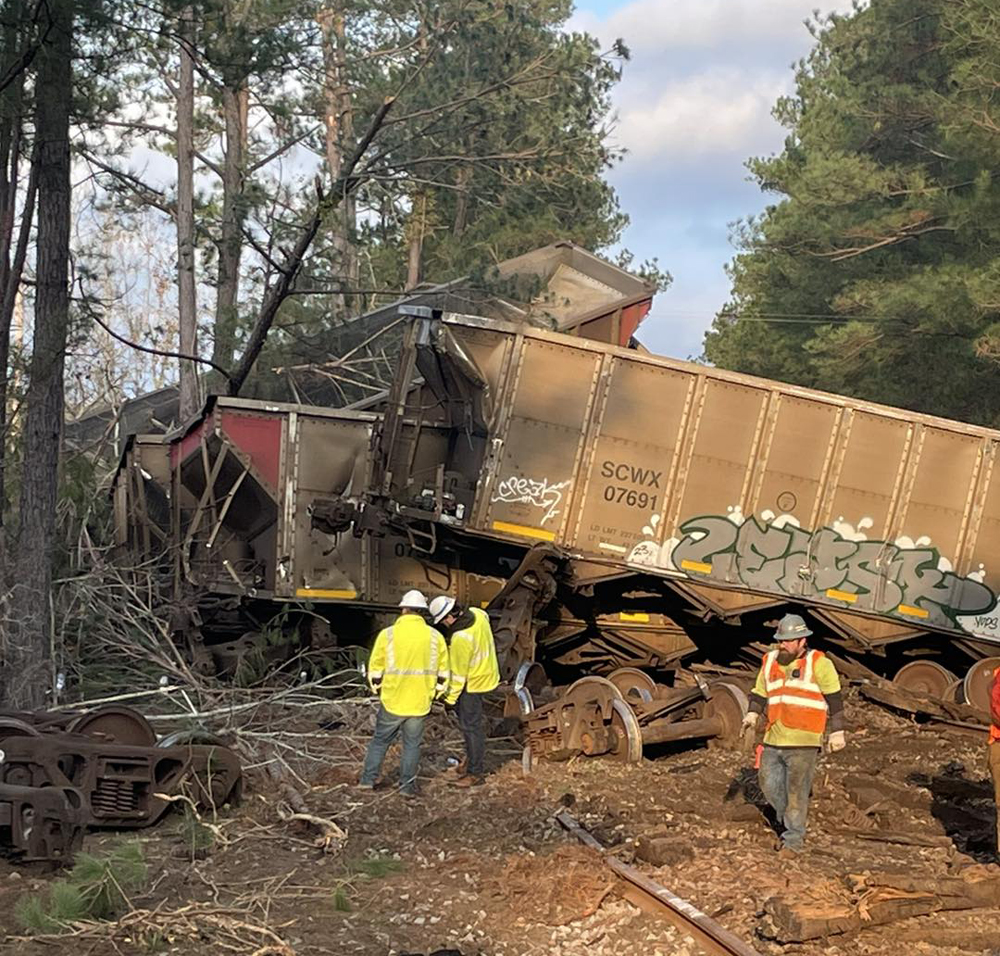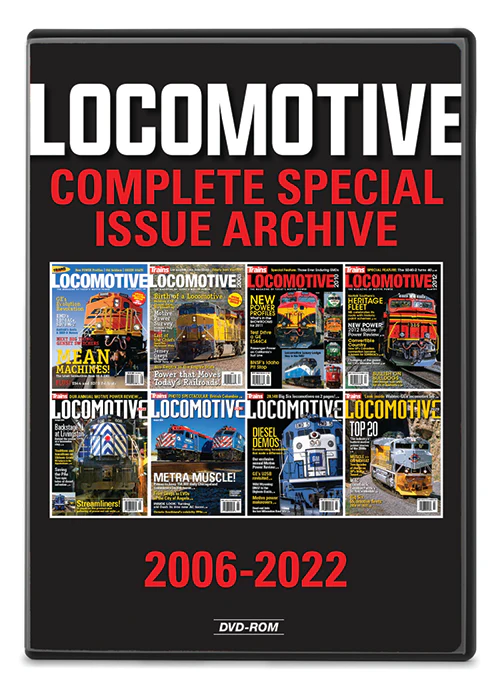 MONTREAL — Canadian National has committed to achieving net-zero carbon emissions by 2050, becoming the first North American railroad to do so by joining the Business Ambition for 1.5°C and United Nations Race to Zero campaigns.
MONTREAL — Canadian National has committed to achieving net-zero carbon emissions by 2050, becoming the first North American railroad to do so by joining the Business Ambition for 1.5°C and United Nations Race to Zero campaigns.
“CN’s pledge to net-zero carbon emissions by 2050 further builds upon our commitment to short-, medium- and long-term targets, robust and transparent climate change disclosures, and our goal to continue to lead our sector in the transition to a low-carbon economy,” CEO JJ Ruest said in a press release. “… We will continue to decarbonize our operations and, in turn, will enable our customers to reduce their transportation supply chain emissions and support their and our growth in sustainable products and markets.”
The Business Ambition for 1.5°C program by the Science Based Targets initiative seeks to limit temperature rise through climate change to 1.5° Celcius. More on the program, including companies that have signed on, is available at this website.
SBTi has previously approved CN’s commitment to reduce scope 1 and 2 greenhouse gas emissions by 43% per million gross ton-miles to reduce scope 3 greenhouse gas emissions by 40% per million gross-ton by 2030, based on a 2019 base year. As part of its environmental efforts, the railroad has a recently announced plans to purchase its first battery-electric locomotive [see “CN to purchase Wabtec battery-electric locomotive,” Trains News Wire, Nov. 4, 2021] and to initiate a renewable fuels program [see “CN, Progress Rail to work together …,” News Wire, Nov. 3, 2021].
“Sustainability is at the heart of how we conduct our business every day and defines our contribution to building a more sustainable future,” said Janet Drysdale, CN’s vice president, sustainability. “CN recognizes the importance of collaborating with suppliers, governments, supply chain partners, academics, and cleantech providers in achieving an effective transition to net-zero emissions by 2050.”














Electrification is the ultimate solution for all of North America line haul, it can be done as a lot of Europe, Scandinavia, and Russia have proven. Even in the middle of nowhere in northern Canada.
With the advent of the SNR (small nuclear reactor) there will be no concerns around lack of a clean source of electrical power. These will be of a package design and can easily be installed anywhere.
Battery is still a useful locomotive, can be part of local operations and yard jobs where it may be more difficult to electrify.
Canada has no electrified freight railway. CP’s plan for hydrogen fuel cell locomotives is probably the most viable alternative to diesels. Overhead electrification might be economical from Alberta to BC ports at some point in the future because of container and grain traffic. BC is almost 100% hydroelectric power. Alberta is moving from coal to natural gas.
Natural gas producers are keen to get hydrogen established as the fuel for heavy haulage on rail and road. Steam reforming allows conversion of natural gas to hydrogen but produces a waste stream of carbon monoxide/dioxide. If sequestered underground the hydrogen might be considered low carbon.
How will they meet this goal? Battery locomotives will help, but won’t get there.
My battery comment was to used hydroelectric power to charge the batteries in areas lacking wire or 3rd rail.
Doubt it would ever happen, but an electrified main line across Canada would be the coolest thing ever.
A way to zero carbon would be electrify with wires or battery power, and use hydroelectric power, no environmental gases and the lakes developed as a result would make fine recreation areas.
That is true, but then you have the habitat loss, and fish problems like here in Washington State with the loss of Salmon habitat. No easy solutions.
I am not too familiar with salmon migration habits, did they not put in fish ladders so they could still spawn upstream?